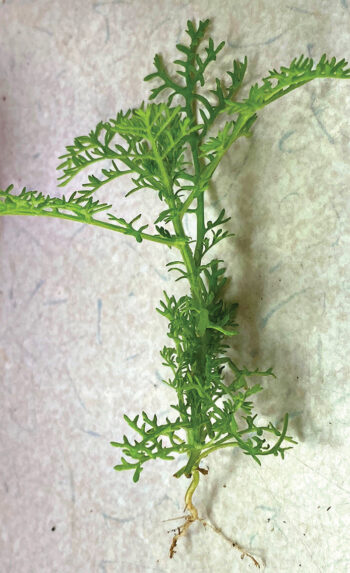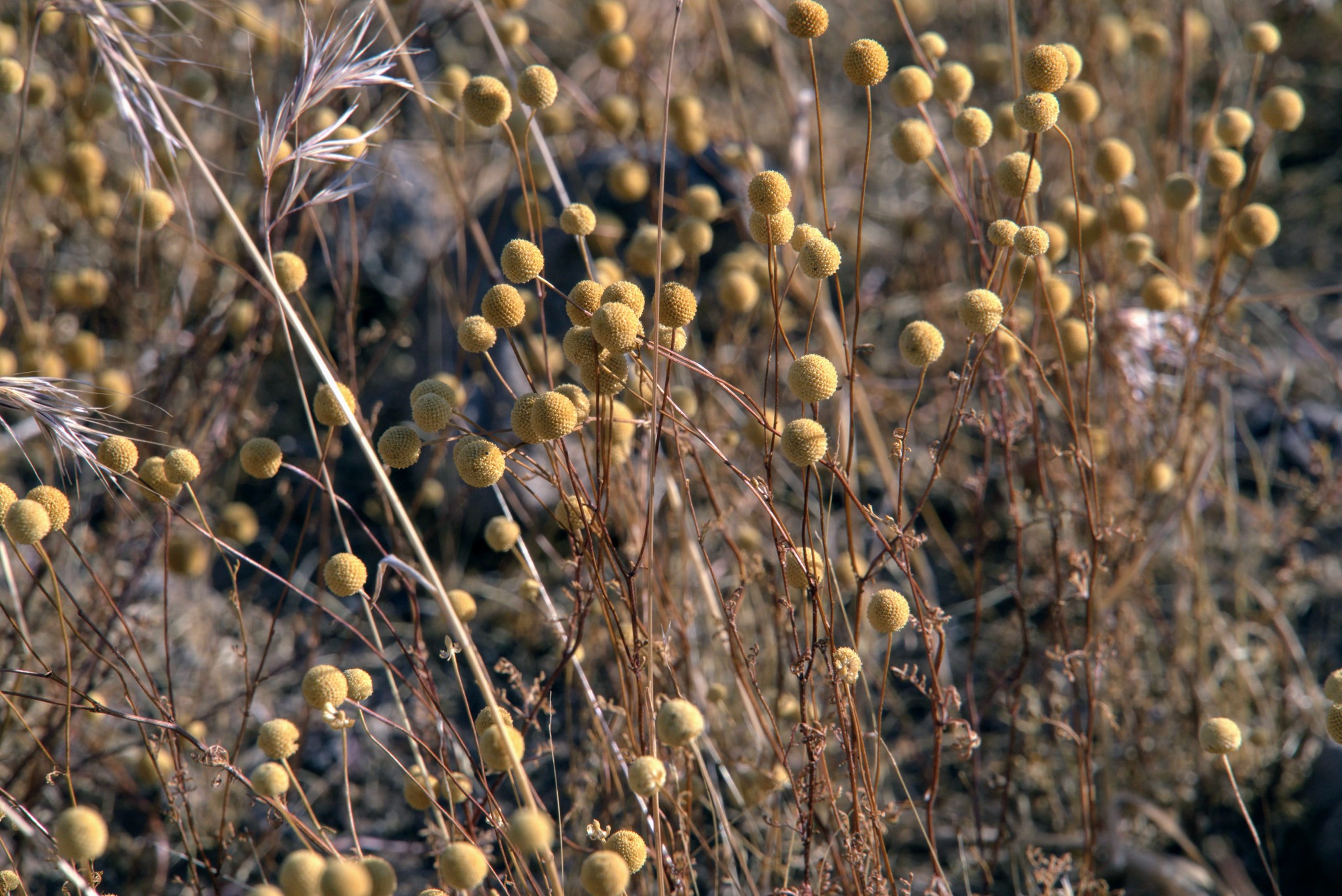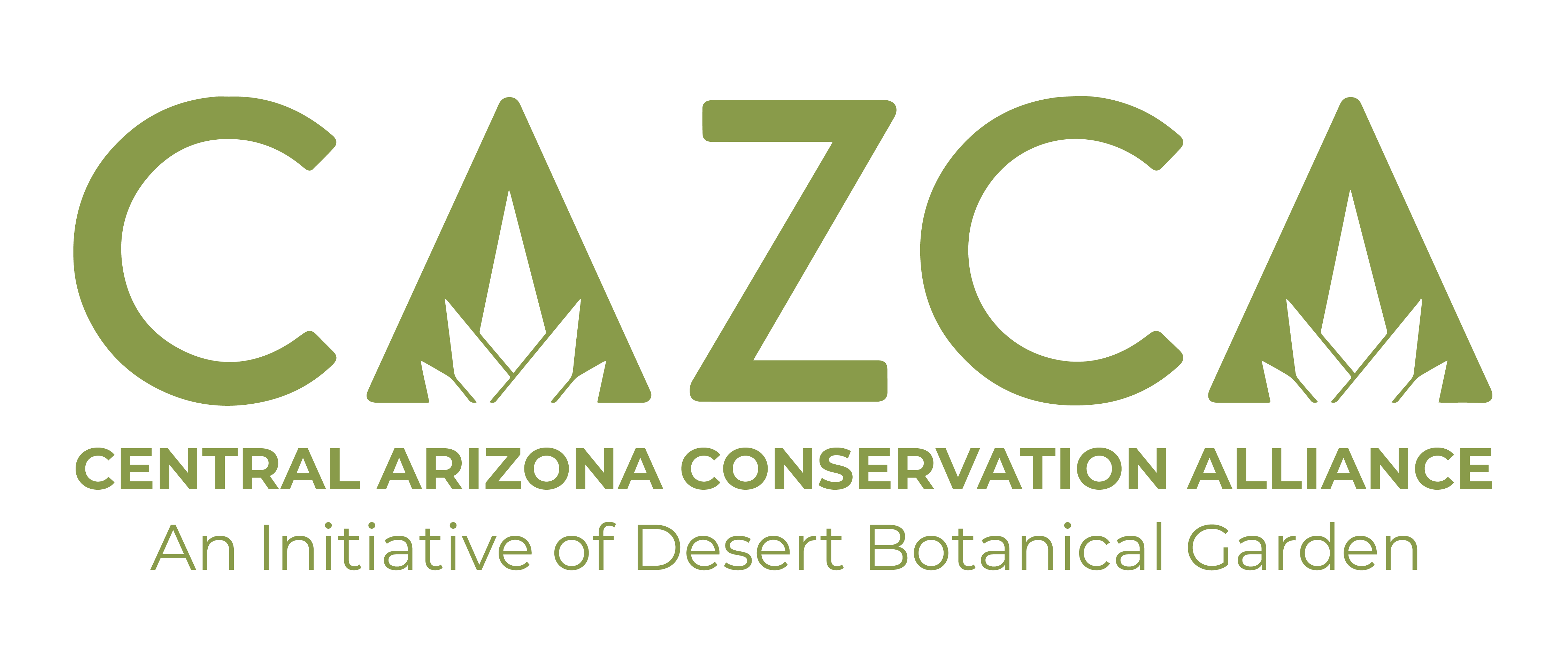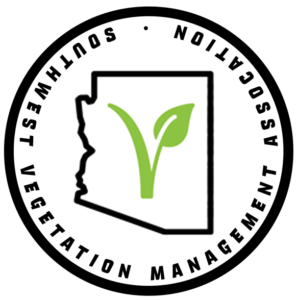STINKNET AN INVASIVE PLANT IN ARIZONA: IDENTIFICATION AND MANAGEMENT
About Stinknet (also known as Stinkweed and Globe Chamomile)
Stinknet (Oncosiphon piluliferum) is an invasive winter annual that was added to the Arizona Noxious Weed list in 2020. This plant is native to Eurasia and has rapidly spread across Arizona and California.
Why is it a threat?
- Stinknet has become an issue throughout the Sonoran Desert as it outcompetes native plants, this is a problem because:
- It creates a monoculture (the only plant in an area)
- It decreases habitat for wildlife
- It depletes resources in the soil so native plants cannot easily grow where it is
- Stinknet burns hot and fast when dried, fueling wildfires and creating caustic smoke
- Due to the fact that stinknet creates a monoculture and fills in the areas between other plants, wildfire burns much farther than it would in our native ecosystem
- Despite one of its common names being “globe chamomile” this plant is NOT recommended for consumption and has been reported to cause dermal and respiratory allergic reactions. Learn more about the medical considerations and effects of stinknet under More Resources below.
How do I manage it?
- Use caution and protection when handling stinknet, as it is a known dermal and respiratory allergen
- Kill or remove stinknet as soon as you see it emerge, before the yellow balls form.
- Make sure you can identify the leaves, but be careful of the native lookalikes
- Stop the spread of seeds! Use boot brushes when hiking or walking in areas with stinknet, and be sure to brush off your pets and recreational vehicle tires too!
- Mechanically remove stinknet by hand pulling or using hoes or string trimmers to uproot the entire plant.
- BE SURE TO BAG THE PLANT AFTER REMOVAL, if you throw it away without bagging it, it will grow in the landfills and spread from there
- Use of pre- or post-emergent herbicide can be effective but varies. Use caution and protection when using herbicides and abide by the labels on the product. Learn more about herbicides and land manager recommendations under More Resources below.
Stinknet Identification
Stinknet is typically found in highly disturbed areas and can be easily recognized by its round yellow flowers and dark green carrot-like leaves, which have a strong odor. When dried, leaves are shed and stems and seed heads turn brownish-tan.



Credit: Nancy Mumpton
Once it has flowered, stinknet can be identified by its bright yellow round flowers which accompany the green carrot-like leaves.
Credit: Desert Defenders
Once stinknet has gone to seed, it loses its leaves and turns brownish-tan.
Credit: Sean Krieg
More Resources
To learn more about management techniques, health issues, and more.







